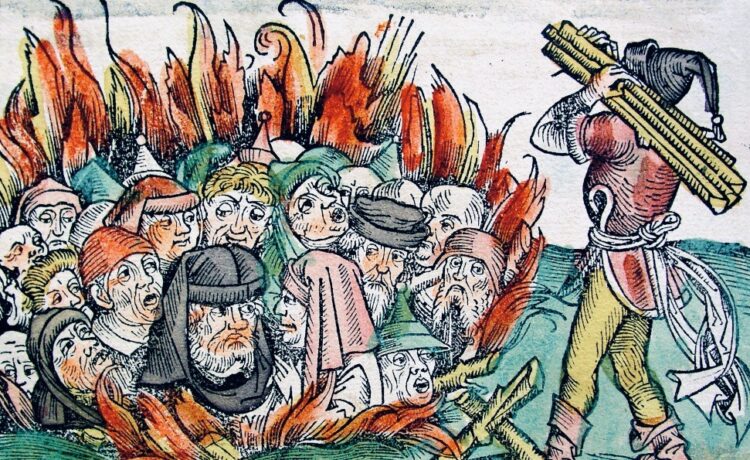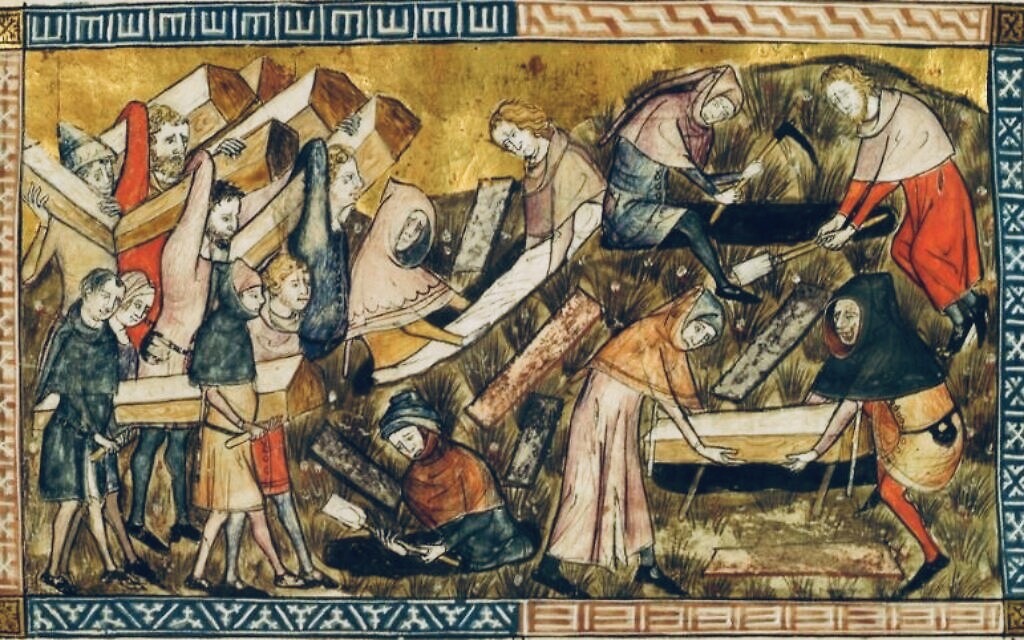Known as the Black Death, the bubonic plague was probably the most devastating pandemic in history, far more deadly than the most recent coronavirus virus outbreak. It began in 1345 and lasted for more than 300 years. Consisting of 30 major epidemics, it killed upwards of one-third of Europe’s population and depopulated much of the rest of the world.
Yet, as James Belich convincingly argues in The World The Plague Made, a deeply-researched and erudite volume published by Princeton University Press, this horrendous pandemic ushered in intellectual, social, political and economic changes on a monumental scale.
Great intellectual movements flourished as it raged, he writes, citing the 15th century Renaissance, the 16th century Reformation, the 17th century Scientific Revolution, and the 18th century Enlightenment. At the same time, two west Eurasian empires — the Byzantium and the Golden Horde — fell, while two other empires — the Ottoman and the Timurid — arose.
On a dark note, the Black Death sowed religious fanaticism and hatred, resulting in the accusation that Jews spread the deadly disease. This calumny led to the outbreak of several hundred pogroms thought Europe.

Belich, an Oxford University historian, believes the plague first appeared in the Black Sea/Volga region, spread through the Mediterranean basin, swept into Europe and then reached China. It was circulated by rodents, gerbils, camels and human spittle, he theorizes.
He argues that the effects of the plague generated economic progress and was associated with technological development in Western Europe.
Labor shortages, caused by the high mortality rate, reduced grain acreages, pushed water and wind power to the forefront, and placed new importance on work animals. This gave rise to silk twisting machines, metal refining hammers, blast furnaces and, of course, mechanical printing.
The slave trade was revived during the plague. “Slavery had been in steep decline because serfs and low-paid workers were cheaper,” says Belich. “Western Europeans regularly enslaved Muslims captured at sea, in raids or in battles in the Mediterranean.”
The Ottomans enslaved Christian war captives in vast numbers, he adds. In his estimation, perhaps 1.5 million Christians fell victim to slavery between 1350 and 1800.
Serfdom, having declined before the advent of the plague, vanished rapidly after its appearance. In Britain, commercial farming overtook feudal and subsistence agriculture.
Real wages rose after the plague and stayed higher until 1500. During this period, common laborers were paid substantially better, and most people were better fed and dressed than ever before.
Urban building booms occurred in London, Paris, Prague and elsewhere. “After the first strike, surviving princess and urban elves initiated building projects to appease God, memorialize their dead, assert their authority, and wall off their cities more effectively from further strikes,” writes Belich.
But increased trade within Europe helped recirculate rats, and the plague increased the transfer of diseases like influenza and typhus.
From 1348 to the 1370s, the gross domestic product in European prices shrank by 26 percent in Spain, 35 percent in Britain and 35 percent to 40 percent in the Italian provinces. As late as 1500, prices in these countries remained up to 35 percent below pre-plague levels.
The Black Death decimated Europe, but its impact was profound and enduring.
